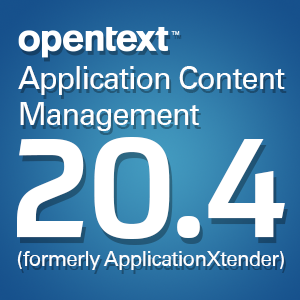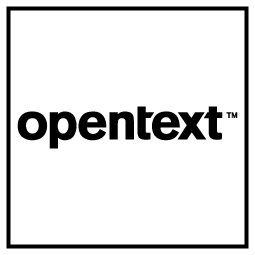Enforce paperless policies and processes for optimal results
Thursday, October 31, 2013An increasing number of companies are warming to the idea of going paperless, as the fear of the unknown is gradually being mollified by the promises of saving costs and time, realizing increased workplace efficiency and having a reduced environmental impact, among others. However, being open to the idea of going paperless – and even taking tentative steps to make this a reality – is very different from mobilizing a robust and comprehensive effort to cast paper out of the office.
Indeed, according to a recently published report by the Association for Information and Image Management, fewer than one-quarter (24 percent) of survey participants cited having specific policies to attain paperless operations, despite the fact that nearly three-quarters (74 percent) of respondents said they had business improvement campaigns in place, according to ITProPortal. Moreover, just 26 percent said their printing policies were being actively enforced – and, even more dismally, nearly half (47 percent) noted that they didn't even have any guidelines to enforce in the first place.
The news source also cited a separate study by OKI that found printing to still be a daily occurrence for most office workers. Specifically, of the more than 2,000 survey participants, 92 percent said they still engaged in printing on a daily basis, with 45 percent reporting that they printed at least 10 pages every day and 15 percent stating that they generated more than 50 pages of printouts on the average workday.
How can service providers like Image One help?
Clearly, companies that aspire to achieve paperless workflow have a lot to do before they can make this goal a reality, and unstructured content management processes are a key inhibitor to the minimization of paper usage in the workplace. This is where seeking the help of a content management services provider comes in, as these experts can point out ways for firms to leverage existing tools, offer advice on what type of scanning hardware and document management software to purchase and identify company-specific ways to achieve additional efficiency.
Sometimes, simply laying down some ground rules about printer use can reap tremendous dividends for companies struggling to lower costs associated with paper and ink use. If employees think they can get away with it, many will use their employer's resources to print personal documents as well as materials related to their work, further exacerbating the situation. And if you don't think your employees would do this, you might be correct, but the results of the OKI research suggest otherwise, as a staggering 79 percent of respondents admitted to using office equipment to print things not related to work.
Brought to you by Image One Corporation, providing complete information governance since 1994.




